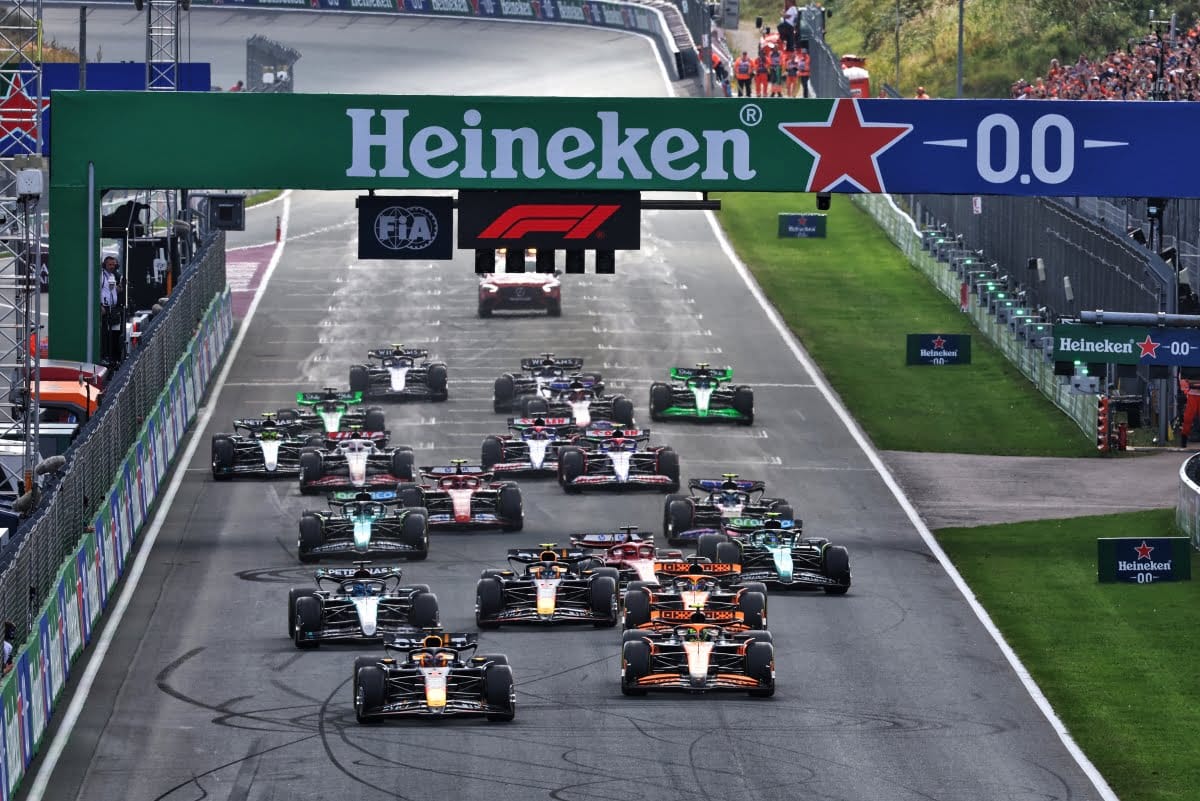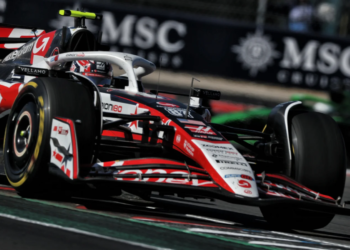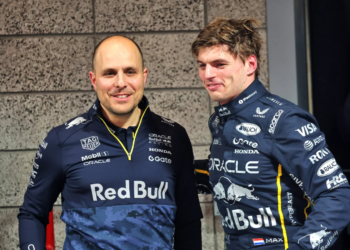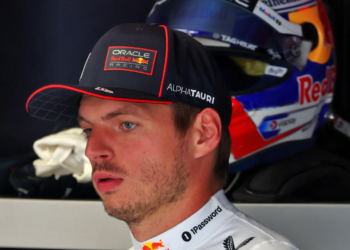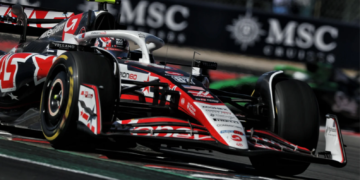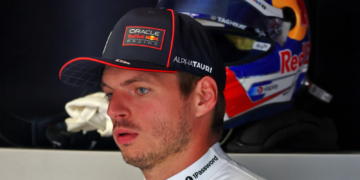Looking at 2024’s Innovations, Formula 1 has always been the high-tech team of motorsport technology, pushing the boundaries of efficiency, safety, and speed to eleven.
F1 cars are now equipped with an array of cutting-edge technologies that will make them more thrilling to watch, quicker, and greener. Of course, Formula 1 fans are eagerly visiting top offshore bookmakers to place bets on their favourite drivers, where they can find some of the best odds around, on top of great customer service should they ever require it.
So, what are the hottest technological advancements so far?
Hybrid power units: Efficiency meets performance
Hybrid power units have been turbocharging Formula 1 engines since they first appeared in 2014. They combine the iconic sound of combustion with a dash of electric zing to provide a powerful balance of power and economy. In the years since they were introduced, these hybrids have significantly improved. According to the most recent information provided by the FIA, F1 power units are 10% more efficient than those in previous versions.
Energy recovery systems (ERS), which now expertly capture and store energy during braking, are to blame for this surge. Lowering the cars’ carbon footprint not only increases speed but also nods to Formula 1’s environmental goals.
Advanced aerodynamics: Cutting through the air
The unsung heroes of Formula 1 car design has always been the aerodynamics department, which keeps these speed monsters stuck to the track and allows them to cut through the air like a hot knife through butter. With some very impressive technological advancements, F1 has raised the aero bar for the 2024 season. These are active aerodynamic systems, which modify wing angles and other components in real time based on the vehicle’s condition.
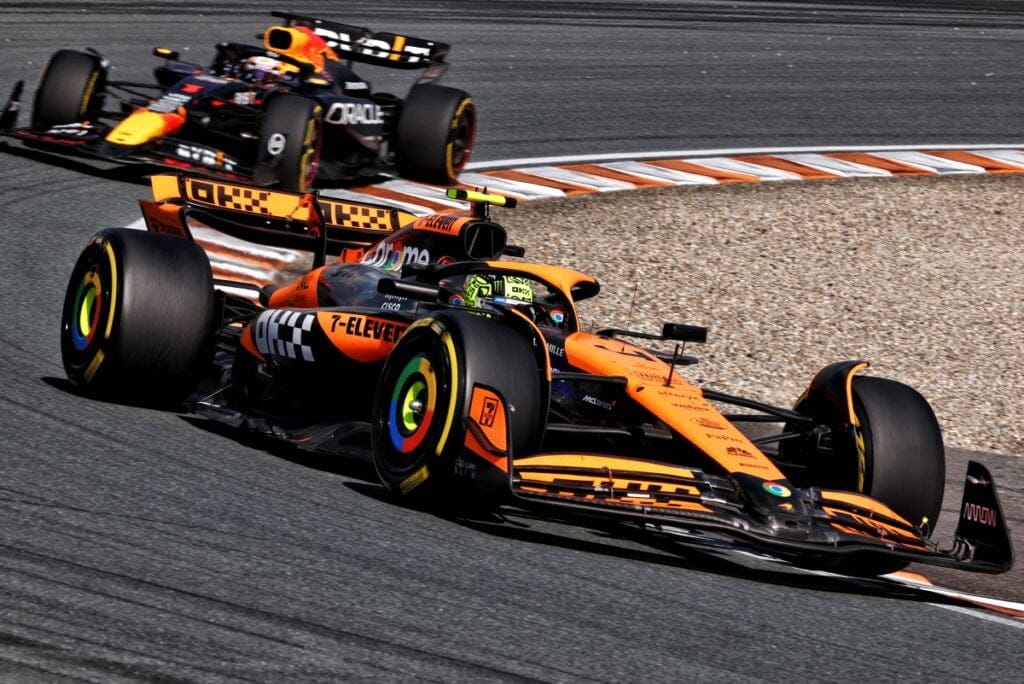
The cars’ ability to modify their downforce on the fly thanks to their movable front and rear wings makes straights smoother than ever and turns corners into a breeze. These aerodynamic improvements have reduced drag by 15% from previous years, according to a 2024 Racecar Engineering study. This implies faster lap times and a lot more excitement.
Enhanced Data Analytics: Smarter Racing Strategies
Data is not only crucial in the fast-paced world of Formula 1 racing, but it is also the key to success. Teams are utilising powerful data analytics like never before this season. Imagine automobiles outfitted with the best telemetry systems available, providing real-time performance data faster than you can say “chequered flag.”
Teams are drowning in data because of the numerous sensors positioned throughout the vehicle to monitor things like fuel levels, engine temperatures, and tire pressure. Accuracy has increased dramatically by 25% in 2024, all because of more sophisticated sensors and astute data analysis. Teams can adjust vehicle setups and racing strategy on the fly with the assistance of this deluge of data, resulting in every lap becoming a data-driven masterpiece.
Sustainability innovations: Green racing
Formula 1 is a race towards a greener future as much as who can go the fastest. F1 is showcasing some amazing sustainable technology in 2024 to showcase its environmentally conscious side. One noteworthy change is the move to replace automotive parts with bio-composites and recycled materials, which reduces the weight and carbon impact.
Not to mention the hype around synthetic fuels, which are making their track debut and are greener and cleaner than conventional fuels. The FIA claims that these environmentally friendly enhancements have reduced carbon emissions by 20% for each race over the previous one.
Formula 1 is demonstrating, then, that you can be both quick and angry and still give Mother Earth a high five.
Next-generation Tyres: Grip and durability
In terms of tyre technology, Formula 1 has seen and will see significant advancements in 2024. Pirelli, F1’s exclusive rubber provider, has released a new line of tire compositions that are focused on endurance and grip, allowing drivers to take their vehicles farther without fear of a blowout.

Throughout the race, these new tires function exceptionally well despite wear and overheating. Pirelli’s 2024 study claims that these bad boys are not only improving lap times by an astounding 1.2 seconds, but they are also extending their lifespan by 15%. So, Formula 1 has you covered if you’re searching for tires that last a long time.
Safety enhancements: Protecting the drivers
Formula 1 is not using the brakes in order to protect drivers. The goal for the 2024 season was to introduce some sleek new technology that boosts the safety ante. First off, the helmet’s best friend, the Halo device, has received a significant boost that makes it even more protective for those fast-paced, heart-pounding moments.
Not only that but developments in materials science have produced automobile frames that absorb impact like pros and laugh in the face of collisions. These changes have reduced driver injuries by a staggering 30% when compared to prior seasons, according to the FIA’s most recent analysis. Therefore, even if the vehicles are blazing fast, Formula 1 is making sure that driver safety is a priority.
Conclusion: The future of F1 technology
It’s evident that Formula 1 sport is not just advancing technologically but also quickly accelerating on the race track. We are discussing future aerodynamics, hybrid power units, and data so accurate it might be mistaken for a crystal ball.
Performance and eco-friendliness collide this season when you combine sustainable materials with a green revolution. More excitement, more creativity, and more “wow” moments of each race are what fans can look forward to.

